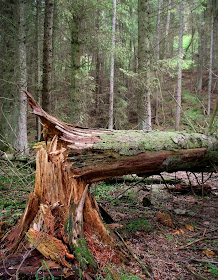
Near Bewdley in Worcestershire, Arley Arboretum was planned around 1800 by Earl Mountnorris. The estate was bought in 1852 by Robert Woodward, and remained in the family until 1959, when purchased by Roger Turner, industrialist and philanthropist. Turner extensively restored both the arboretum and the walled gardens at its centre.
The collection of specimen trees, which surrounds the walled gardens (in which is a rank of pleached limes, above), is considered one of the finest in the land. At about 100 feet, the Crimean pine (Pinus nigra pallasiana), nicknamed "Organ Pipes" (top), is one of the tallest in the British Isles.
The collection of specimen trees, which surrounds the walled gardens (in which is a rank of pleached limes, above), is considered one of the finest in the land. At about 100 feet, the Crimean pine (Pinus nigra pallasiana), nicknamed "Organ Pipes" (top), is one of the tallest in the British Isles.

The tallest tree in the arboretum, at about 105 feet, is a Wellingtonia (Sequoiadendron giganteum), planted in 1860 (above). That of greatest spread is likely a layered example of a common beech (Fagus sylvatica) which covers a quarter of an acre (below). There are real rarities too, including Wollemi pines (Wollemia nobilis), thought extinct but rediscovered in Australia in 1994.









